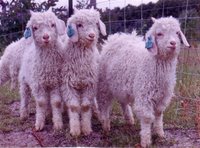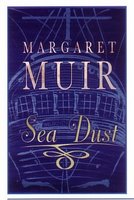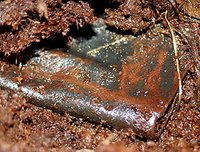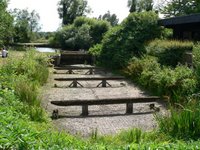I visited the SS
Great Britain in Bristol a few weeks ago.
This
extraordinary ship was designed 1839 in an era when square rigged shipped
sailed the seas, and when Admiral Lord Nelson and Trafalgar (see postings below) where still imprinted
on men’s memories.
Prince Albert
Launched the SS Great Britain at Bristol in 1843, the same year Charles
Dickens published, ‘A Christmas Carol’.
This monster
ship was the brainchild of Isambard Kingdom Brunel and its construction was set
to change the history of shipping. Here was an enormous iron-hulled ship that
not only had a powerful 1000 horsepower engine and propeller (quite different
from the paddle steamer type of propulsion), but also was rigged as a schooner
with six huge masts. She was the first of the great ocean-going passenger
liners.
Her first
crossing from Liverpool to New York was in 1845 took 14 days.
In 1852 she
began carrying emigrants to Australia in a time of 60 days.
The SS
Great Britain even carried the first England cricket team down under, in
1861, and between 1856 and 1857 she carried troops and horses to fight in the
Crimea.
In 1881, the
ship was sold. Her engine was removed along with two of her masts and she was
turned into a sailing ship, converted to a Windjammer – three masts carrying
square rigged sails and staysails.
She battled
the Horn numerous times on her way to San Francisco and circumnavigated the
globe 32 times in her career.
But by the
outbreak of World War 1, this once magnificent ship was being used as a coal
supply ship. Soon after the war she was scuttled and left to rust away off the
Falkland Islands. There she stayed for over thirty years.
The plan to
salvage her, to bring her back to Bristol and restore to something of her former
glory was a bold mission. The man responsible was Ewan Corlett, a naval
architect.
After towing
the hull home over 8000 miles of treacherous seas, the SS Great Britain
returned to the very dockyard where she was built exactly 127 years before.
At last, in
2005, after years of painstaking reconstruction work, this remarkable ship was
‘re-launched’.
As a visitor,
stepping aboard the SS Great Britain, dubbed ‘one of the most important
historic ships in the world’, is like stepping back in history.
You can walk
through the first class saloons, see the bunks of the steerage passengers,
wander the promenade deck lit by numerous slatted skylights from the deck
above, even see the heads (inside toilets) and the gaol.
Perhaps one of
the most amazing sights is the main yard which carried just one of its
billowing square sails. This single yard (which sat horizontally across the
main mast), is 100 feet long and weighs 7 tons.
With
passengers and crew totalling around 500 souls, the ship had to carry enough
fresh stores to cater to the passengers needs.
On a voyage in
1864 supplies included the following live animals - 1 cow, 3 bullocks, 150
sheep, 30 pigs, 500 chickens, 400 ducks, 100 geese and 50 turkeys not to
mention all the hay and grain to feed the livestock to keep them in prime condition
for the voyage.
If you scroll
down a couple of posts and you will see a picture of the ship’s elegant dining
room and find a further comment about the ship.
 This morning was freezing and the tenth kid was born at 6 am.
This morning was freezing and the tenth kid was born at 6 am.









